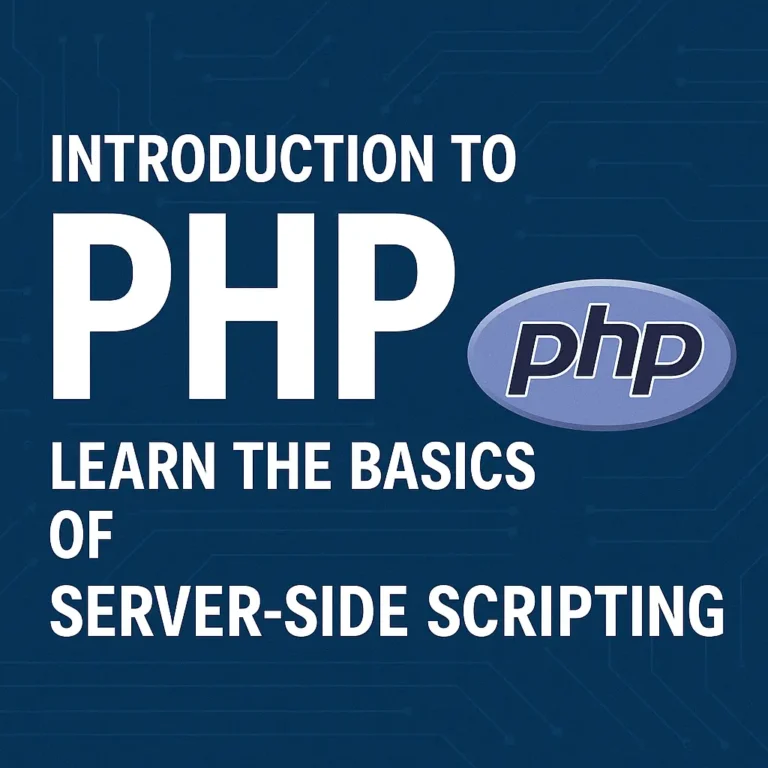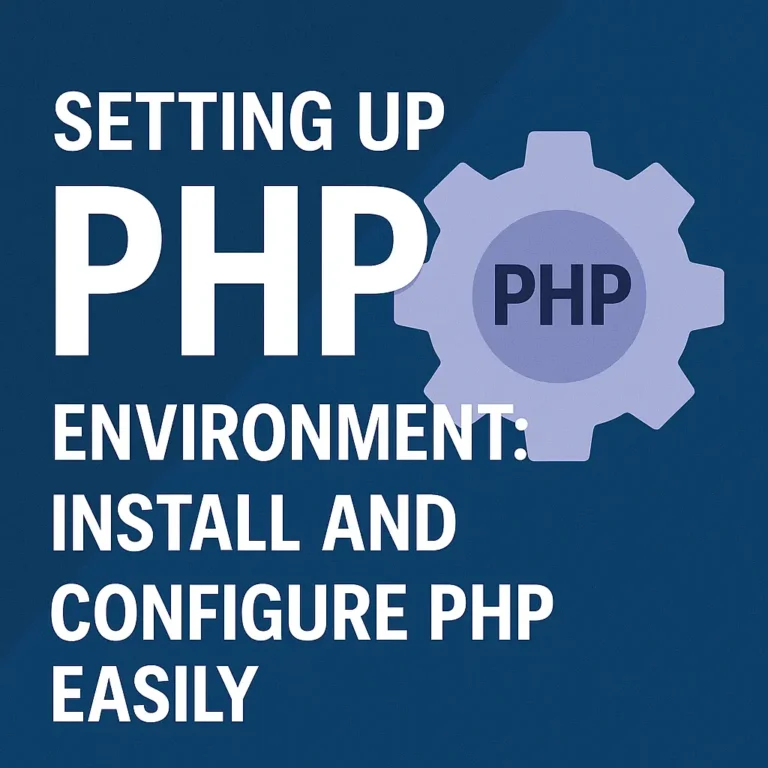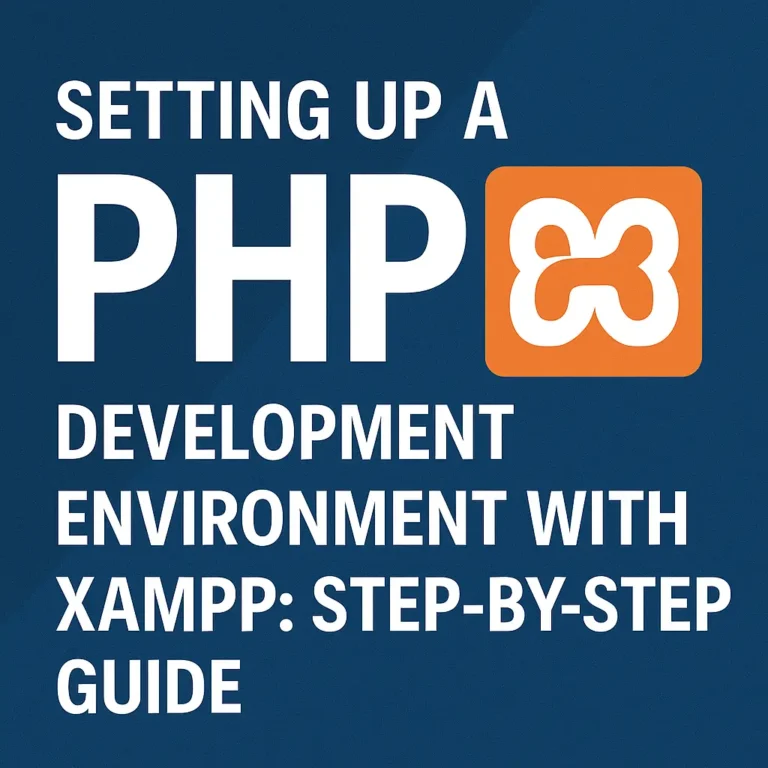These applications offer a lightweight, efficient, and versatile way to interact with computers, making them indispensable tools for developers and system administrators alike. In this article, we’ll explore the fundamentals of building command-line applications in PHP, from understanding the basics to constructing your own CLI tools.
Introduction to CLI Applications
Command-line applications, often referred to as CLI applications or simply command-line tools, are programs designed to be run from a text-based interface, typically a terminal or command prompt. Unlike graphical user interface (GUI) applications, which rely on windows, buttons, and menus for interaction, CLI applications operate solely through textual input and output.
CLI applications offer several advantages
Efficiency:
CLI applications typically consume fewer system resources compared to their GUI counterparts, making them ideal for tasks that require high performance or minimal overhead.
Automation:
CLI applications excel at automating repetitive tasks, allowing users to streamline workflows and increase productivity.
Portability:
CLI applications can run on a variety of platforms with minimal modification, making them highly portable and versatile.
Scripting:
CLI applications are commonly used in scripting environments, enabling developers to write complex scripts for tasks ranging from system administration to data processing.
Now that we understand the significance of CLI applications, let’s delve into the process of building them using PHP.
Building CLI Tools with PHP
PHP, a popular server-side scripting language primarily used for web development, also provides robust support for building command-line applications. With PHP’s built-in CLI SAPI (Server Application Programming Interface) and extensive standard library, creating CLI tools becomes straightforward and efficient.
Here’s a step-by-step guide to building a simple command-line application in PHP:
Setup Your Environment:
Ensure that PHP is installed on your system. You can verify this by running php -v in your terminal. Additionally, you’ll need a text editor or integrated development environment (IDE) to write your PHP code.
Create a PHP Script:
Start by creating a new PHP file for your CLI application. For example, let’s create a file named hello.php.
<?php
// hello.php
echo "Hello, World!\n";
Make the Script Executable:
To make your PHP script executable from the command line, you need to add a shebang line at the beginning of the file and make it executable.
#!/usr/bin/env php
<?php
// Your PHP code here
Run Your CLI Application:
Navigate to the directory containing your PHP script in the terminal and execute it using the PHP interpreter.
php hello.php
You should see the output “Hello, World!” printed to the terminal.
Accepting Command-Line Arguments:
CLI applications often need to accept command-line arguments for customization. In PHP, you can access command-line arguments using the $argv array.
<?php
// greet.php
if (isset($argv[1])) {
$name = $argv[1];
echo "Hello, $name!\n";
} else {
echo "Usage: php greet.php [name]\n";
}
Now, you can run the script with a name argument:
php greet.php John
This will output “Hello, John!”.
Parsing Command-Line Options:
In addition to arguments, CLI applications commonly support options or flags. PHP provides the getopt() function for parsing command-line options.
<?php
// calculate.php
$options = getopt("a:b:c:");
if (isset($options['a']) && isset($options['b'])) {
$sum = $options['a'] + $options['b'];
echo "Sum: $sum\n";
} else {
echo "Usage: php calculate.php -a [num1] -b [num2]\n";
}
Now, you can run the script with options:
php calculate.php -a 10 -b 20
This will output “Sum: 30”.
Error Handling and Input Validation:
Always validate user input and handle errors gracefully to ensure the robustness of your CLI application.
<?php
// divide.php
$options = getopt("a:b:");
if (isset($options['a']) && isset($options['b'])) {
$divisor = $options['b'];
if ($divisor == 0) {
echo "Error: Division by zero\n";
} else {
$quotient = $options['a'] / $divisor;
echo "Quotient: $quotient\n";
}
} else {
echo "Usage: php divide.php -a [numerator] -b [denominator]\n";
}
Now, you can run the script with options:
php divide.php -a 10 -b 2
This will output “Quotient: 5”.
By following these steps and best practices, you can build robust and efficient command-line applications in PHP to automate tasks, streamline workflows, and enhance your development productivity.
Conclusion
In conclusion, command-line applications are indispensable tools in the software development arsenal, offering efficiency, automation, and versatility. With PHP’s support for CLI application development, you can harness the power of command-line interfaces to build powerful tools and utilities tailored to your specific needs. Whether you’re a developer seeking to automate tasks or a system administrator managing server environments, mastering the art of building CLI applications in PHP will undoubtedly elevate your skills and enhance your productivity.






